Pinkmartini87
Brilliant_Rock
- Joined
- Apr 10, 2017
- Messages
- 1,315
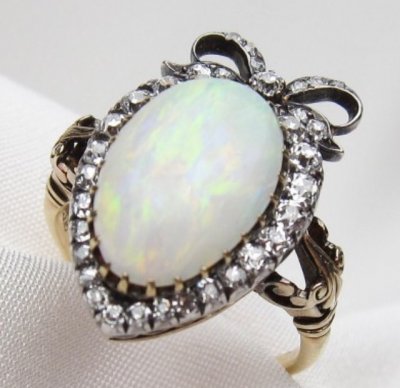
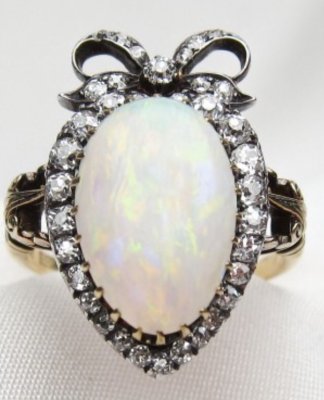
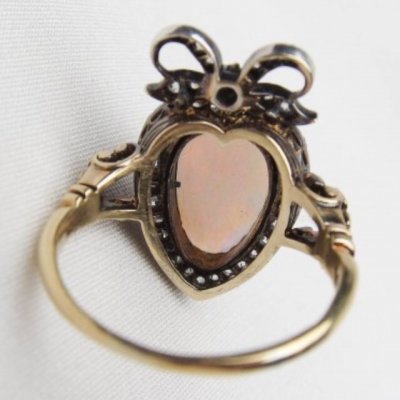
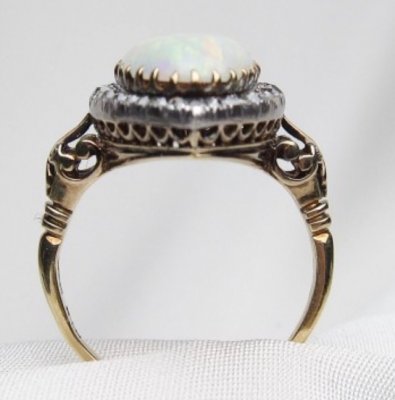 Dear all,
Dear all,Ok, so I've been very indecisive about what type of ring to get for my engagement ring, but I just saw this lovely opal beauty at the local antique store and feel like I just gotta have it! Problem is, I know next to nothing on how to judge an Opal and don't know if the asking price of $14500 is fair.
Here are some specifics to go with the photo:
From the website, "This Victorian ring was handmade with 18KT yellow gold and silver. A fantastic prong-set 2.20 carat, oval, cabochon-cut white opal is surrounded with a stunning row of old European-cut diamonds. The diamonds weigh .45 total carats, with a VS2-SI1 clarity and H-I color."
Let the experts speak! What do you guys and gals think?


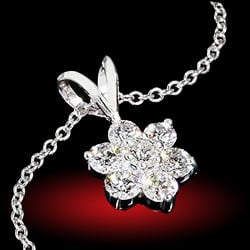
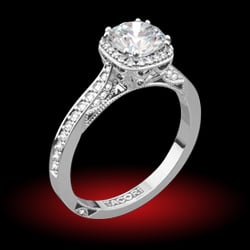
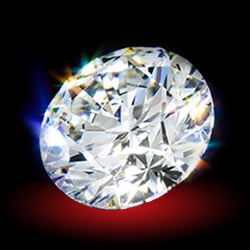











300x240.png)